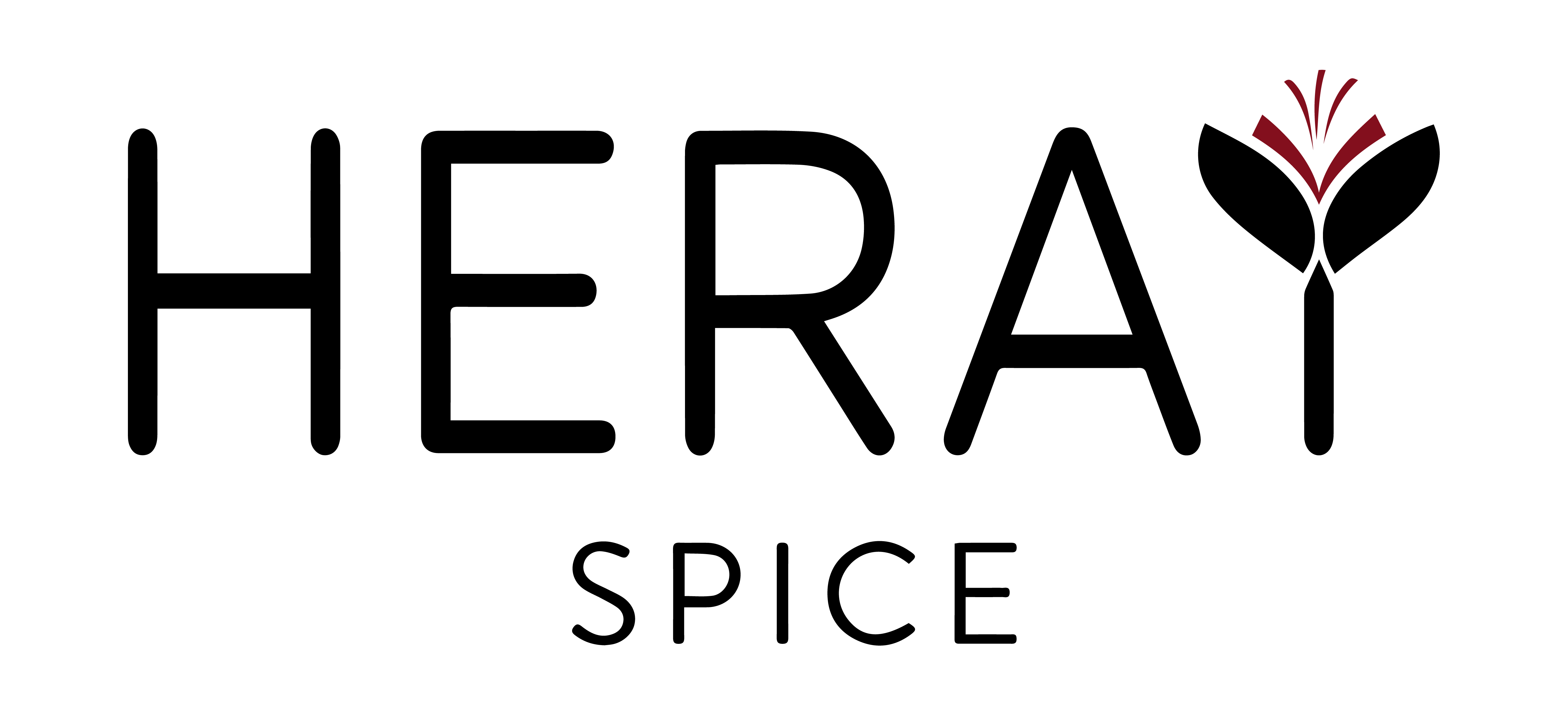Saffron is one of the oldest and most treasured spices in history, dating back to the Middle Ages or even earlier. Afghan saffron stands out for its exceptional aroma and deep red color, elevating dishes into luxurious culinary experiences. In this article, we’ll compare two of the finest saffron varieties in the world—Spanish and Afghan saffron—to understand their differences in quality, production, and global presence.
The process of cultivating saffron is both labor-intensive and costly. While planting can be done manually or with the help of machines, harvesting saffron flowers must always be done by hand due to their delicate nature. Regardless of whether saffron is grown using traditional or industrial methods, the process of picking and separating the saffron threads remains a meticulous, manual task.
A Comparison between Spanish saffron and Afghanistan saffron

Saffron, often referred to as “red gold,” is a prized spice known for its distinct flavor, aroma, and vibrant color. Among the top producers of high-quality saffron are Afghanistan and Spain. This article delves into the differences between Afghan and Spanish saffron, examining aspects such as production methods, quality, appearance, and market presence.
Saffron cultivation in Afghanistan is far more widespread than in Spain, largely due to Afghanistan’s favorable climate and expansive farmland. Given Afghanistan’s significantly larger production capacity, the volume of Spanish saffron exports is relatively small in comparison. Today, Afghanistan has emerged as one of the world’s leading producers of saffron, gaining international recognition for its superior quality and ethical farming practices.
Production and Harvesting Methods

Afghanistan has rapidly emerged as a significant player in the saffron industry, with Herat province leading the way by producing nearly 90% of the country’s saffron.
The cultivation process in Afghanistan is predominantly traditional, relying heavily on manual labor. This approach not only preserves the authenticity of the product but also provides employment opportunities, particularly for women, who constitute a large portion of the workforce in this sector.
In contrast, Spanish saffron cultivation is primarily concentrated in regions like La Mancha. Spanish farmers also adhere to traditional methods, with a strong emphasis on manual harvesting and processing. However, the scale of production in Spain is relatively limited compared to Afghanistan. The meticulous handpicking and careful drying processes contribute to the high quality of Spanish saffron. 
Quality and Chemical Composition

Afghan saffron has garnered international acclaim for its superior quality. Notably, it has been recognized as the world’s highest quality saffron multiple times by the International Taste Institute in Belgium. Studies indicate that Afghan saffron boasts high concentrations of crocin and picrocrocin, compounds responsible for the spice’s color and flavor.
Spanish saffron is also esteemed for its quality, with varieties like “Coupe” and “La Mancha” being particularly renowned. The “La Mancha” variety is distinguished by its unique smoky flavor, resulting from specific drying techniques. However, some reports suggest that Spanish saffron may contain more yellow styles compared to the all-red stigmas preferred in Afghan saffron.  
Appearance and Flavor Profile

Visually, Afghan saffron threads are typically longer and straighter, exhibiting a deep red hue indicative of high crocin content. This deep coloration is often associated with potent coloring strength and robust flavor. The flavor profile of Afghan saffron is rich and aromatic, contributing to its desirability in culinary applications.
Spanish saffron, particularly the “La Mancha” variety, is characterized by a slightly lighter red color and a distinctive smoky flavor, attributed to the traditional toasting method used during processing. This unique taste profile makes it a preferred choice for specific dishes in Spanish cuisine. 
Market Presence and Economic Impact

The Afghan government and international organizations continue to emphasize saffron as a sustainable alternative to poppy cultivation. With saffron farming now expanded to 30 provinces, the Ministry of Agriculture has introduced initiatives to further strengthen its production and global reach.
For Afghanistan’s saffron industry to reach its full potential, continued investment in infrastructure.
Afghanistan has made significant strides in the global saffron market, becoming the world’s third-largest producer. The saffron industry plays a crucial role in the Afghan economy, with exports reaching approximately $27 million in 2019. The expansion of saffron cultivation across multiple provinces underscores its importance as a viable alternative to other crops.
Spain’s saffron production, while smaller in scale, maintains a strong reputation, especially within European markets. The “La Mancha” designation is protected, ensuring that saffron labeled as such meets stringent quality standards. However, the limited production volume means that Spanish saffron often commands a higher price point. 
Conclusion
Both Afghan and Spanish saffron offer unique qualities that cater to diverse culinary preferences. Afghan saffron is celebrated for its deep red color, high crocin content, and rich aroma, making it a top choice for those seeking intense flavor and coloring properties. Spanish saffron, with its distinctive smoky flavor and traditional processing methods, holds a special place in specific culinary traditions. Understanding these differences enables consumers and chefs to make informed decisions based on their specific needs and flavor profiles. 





